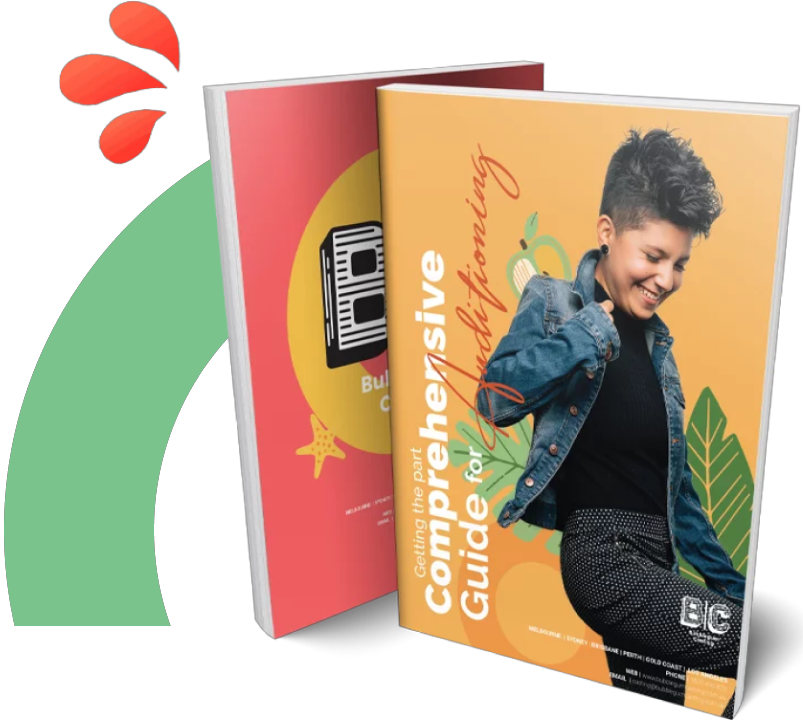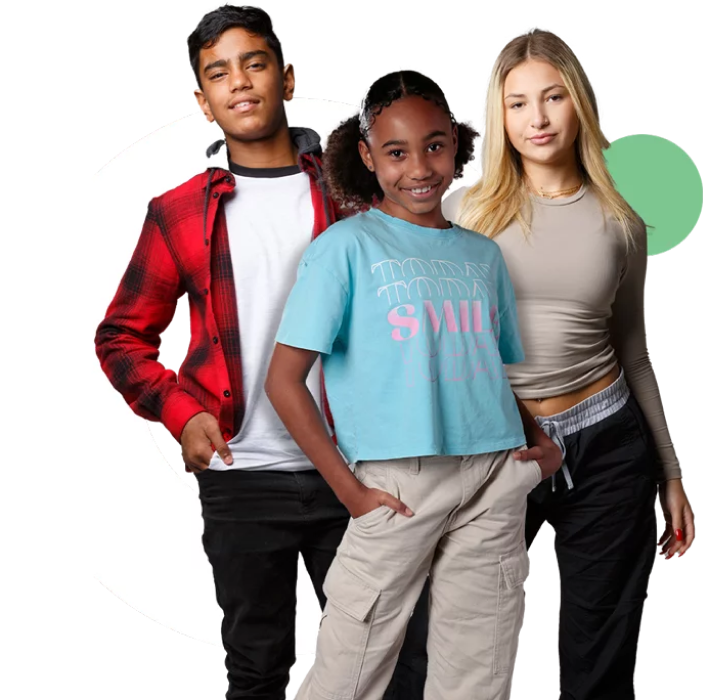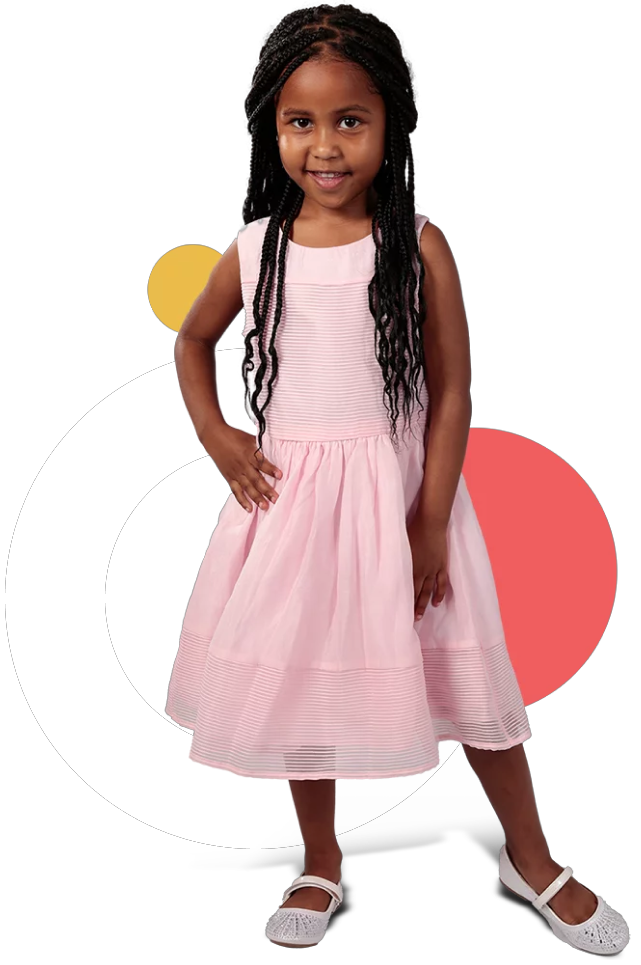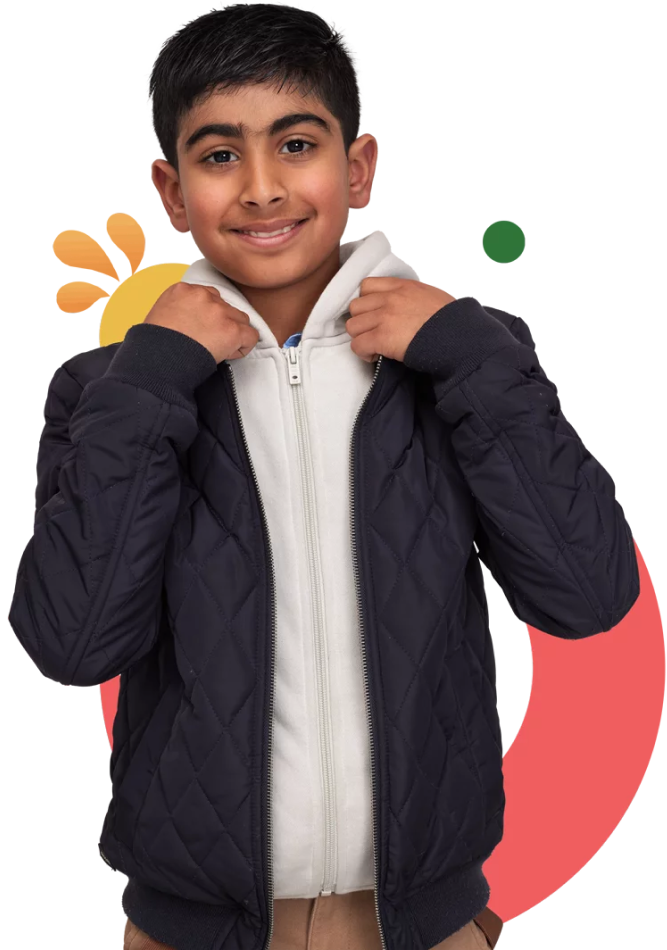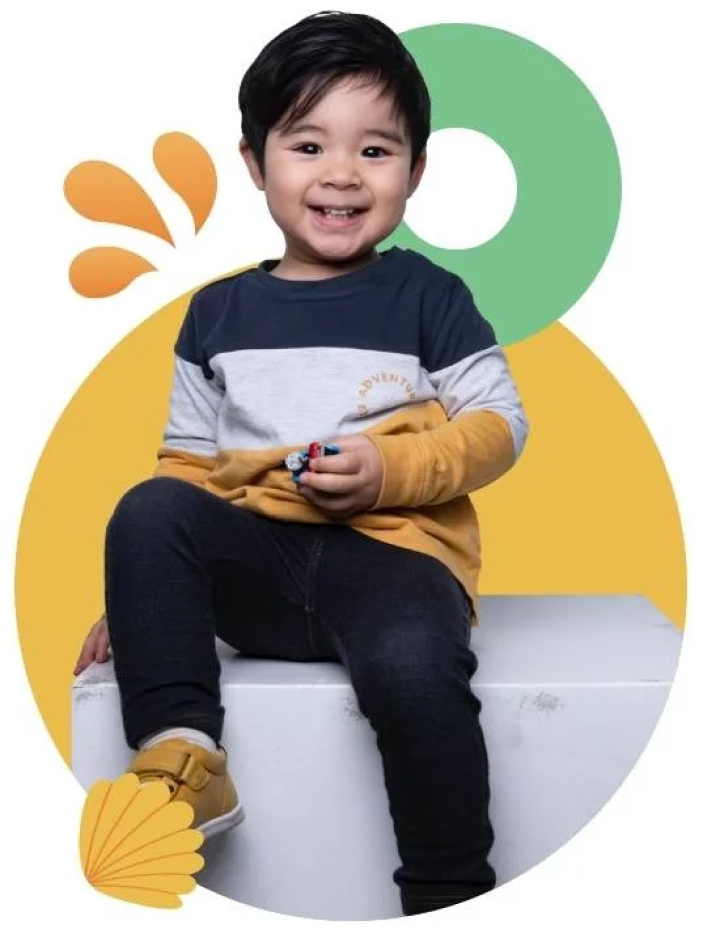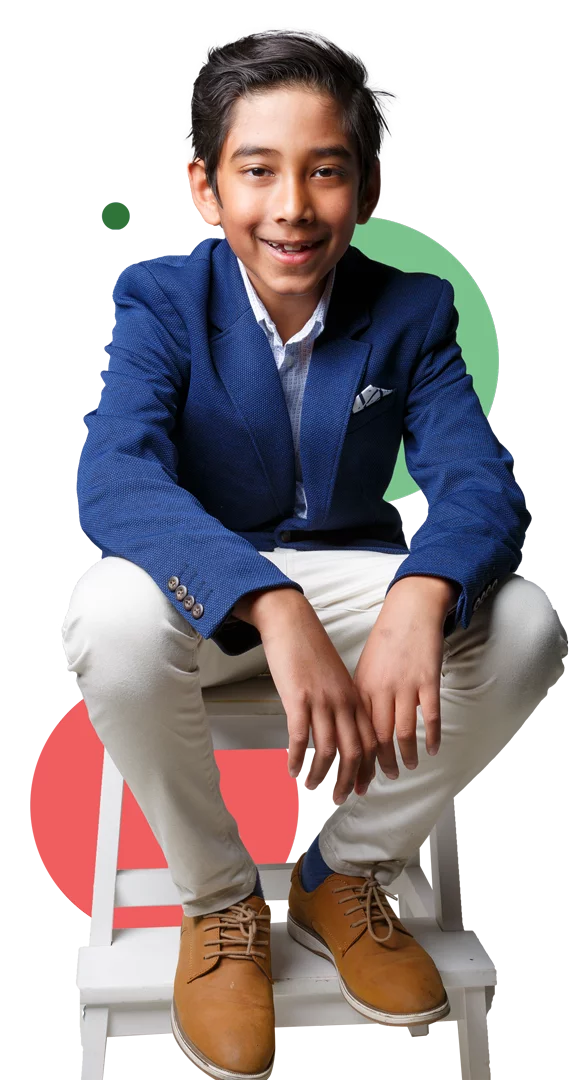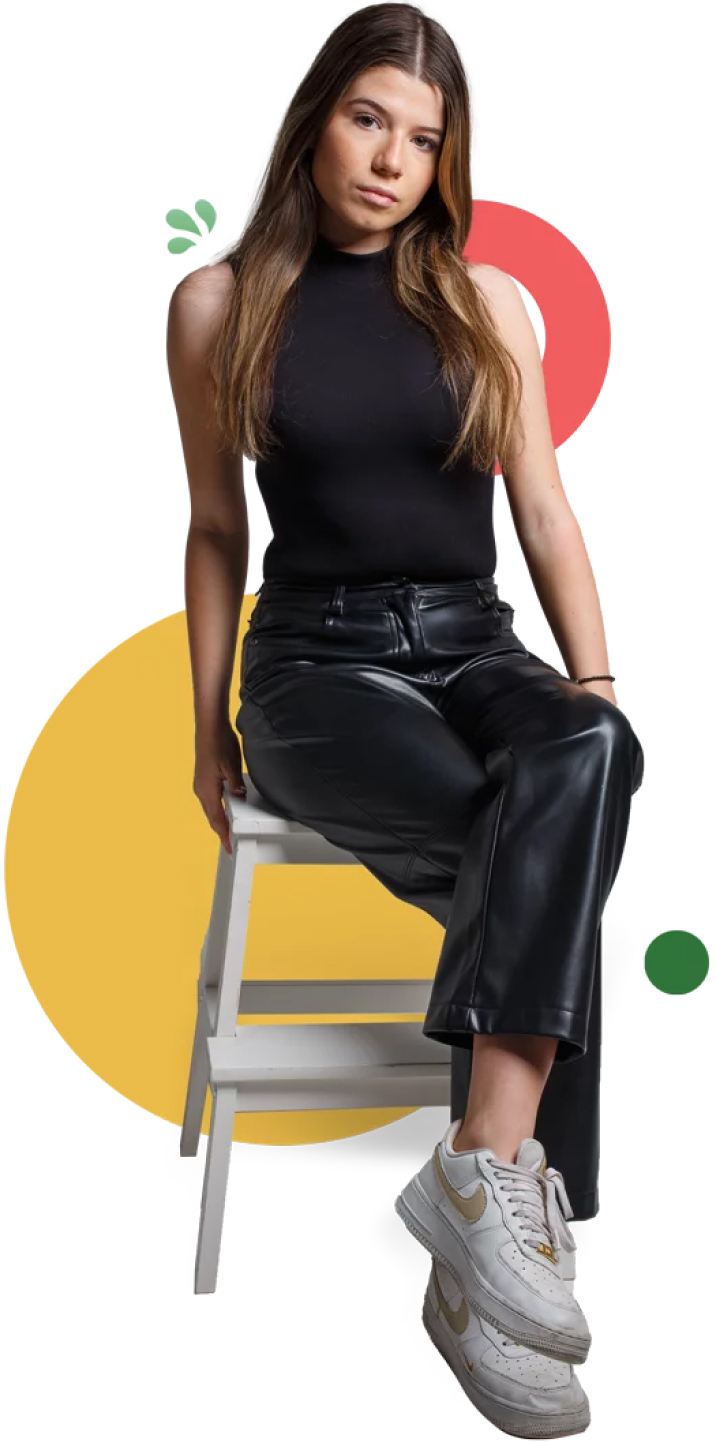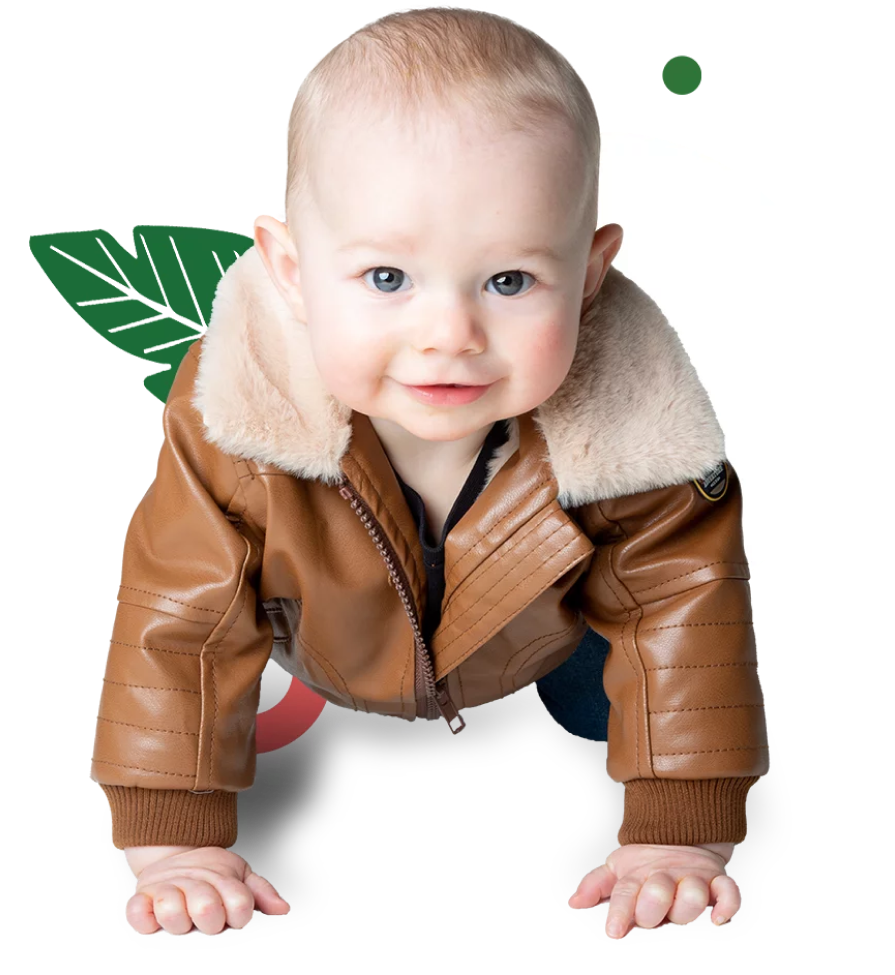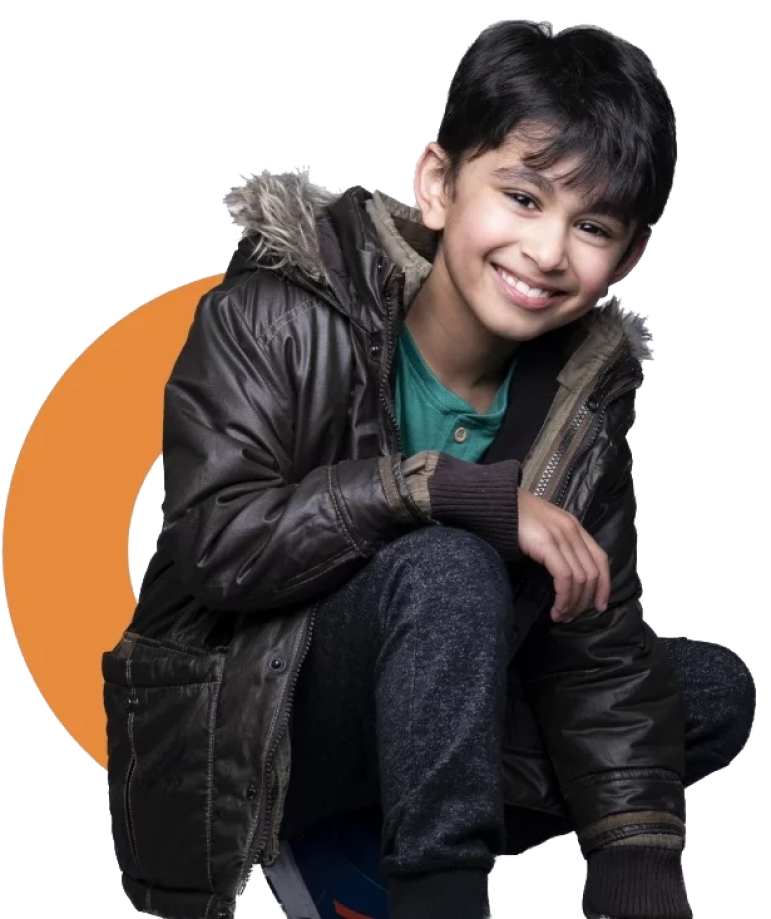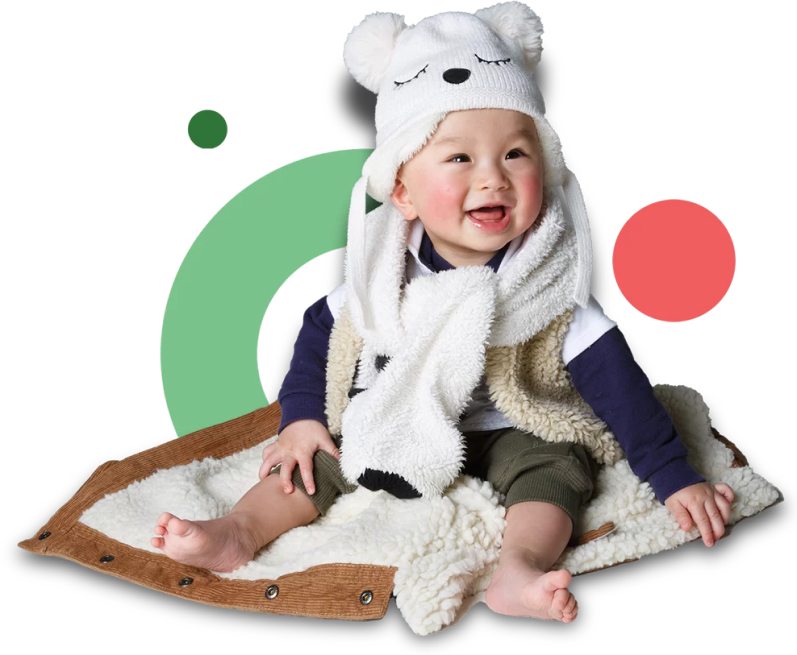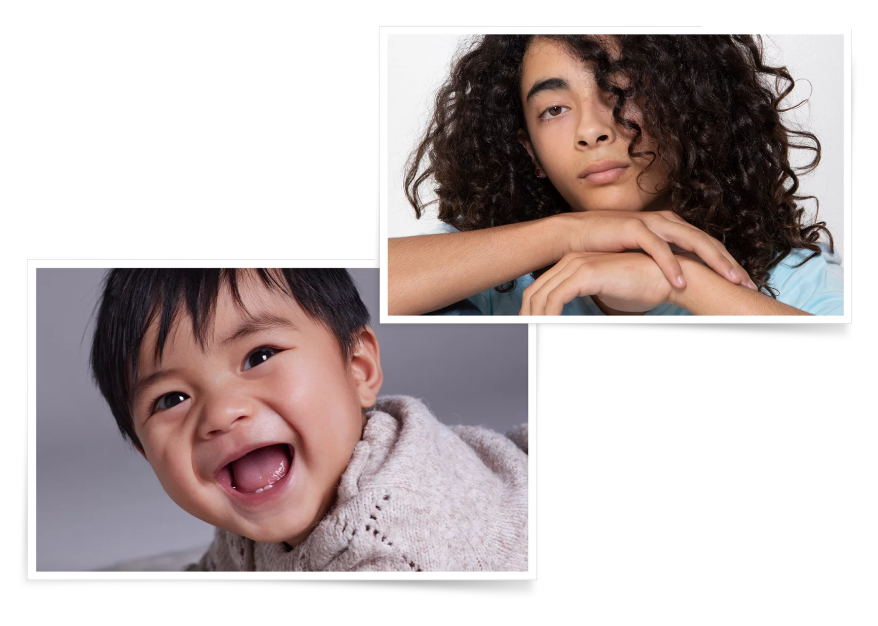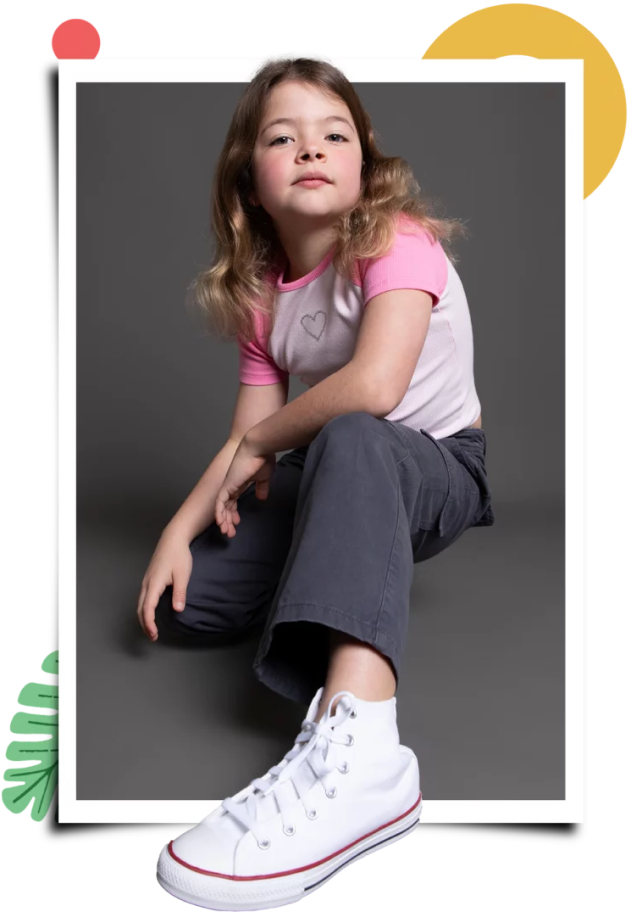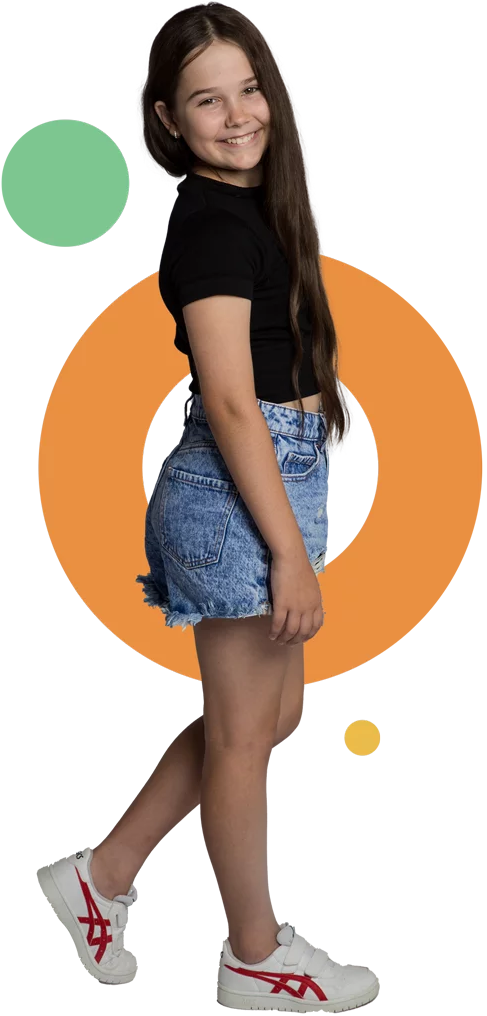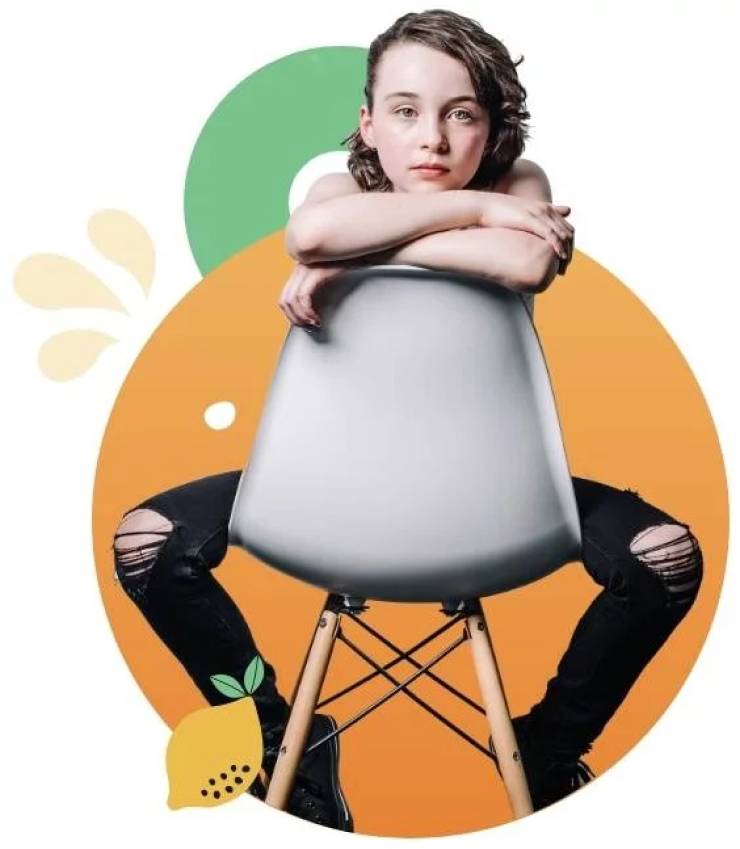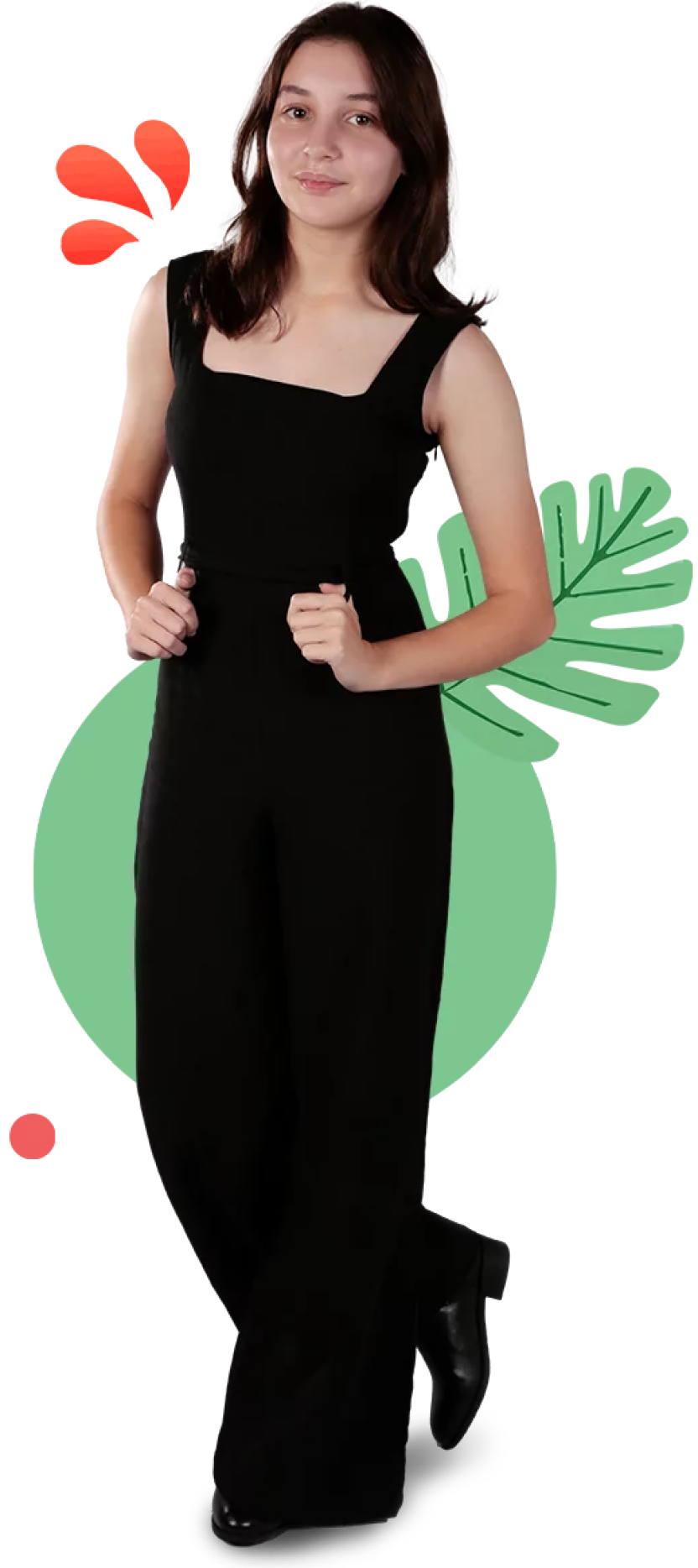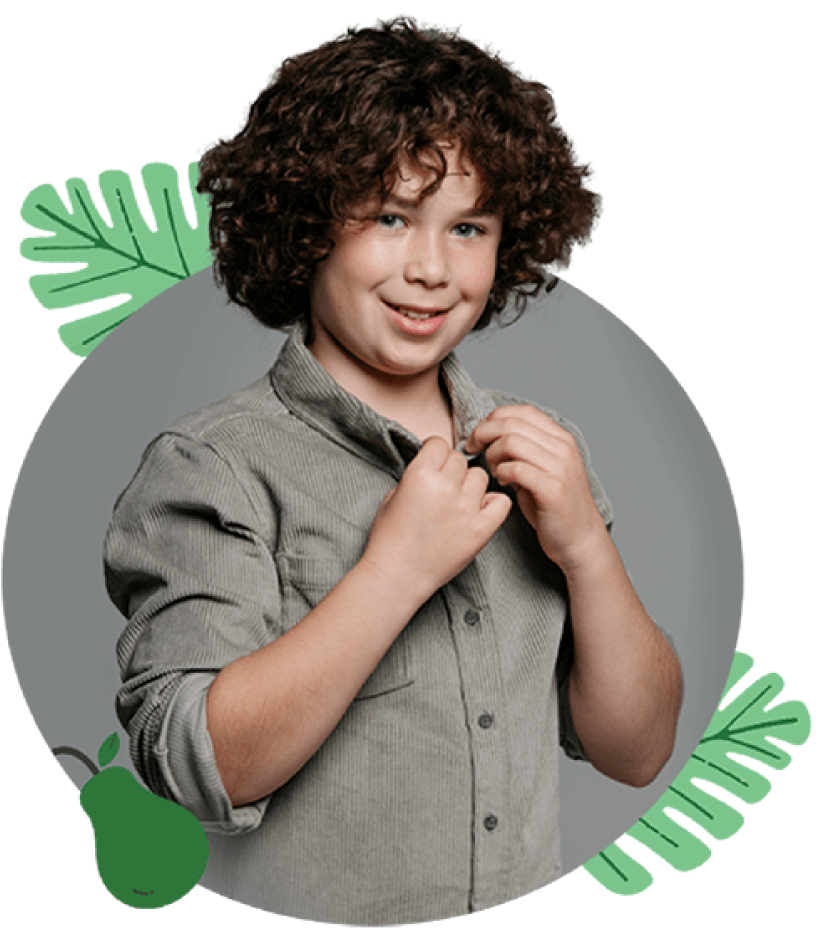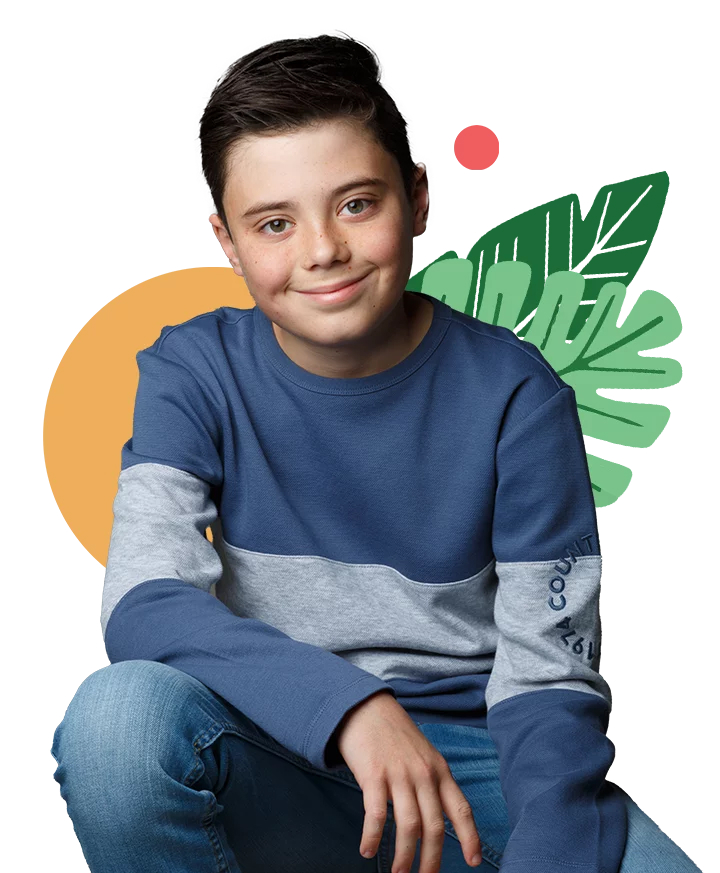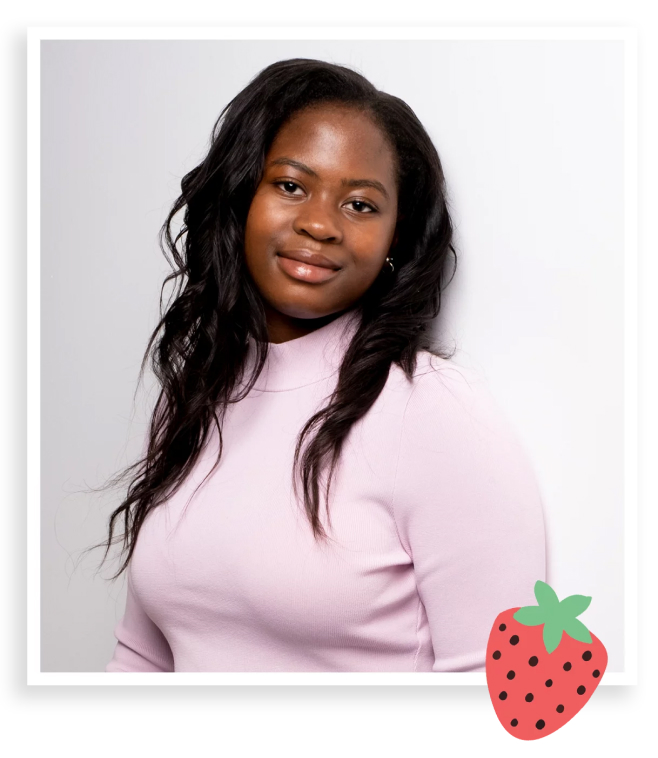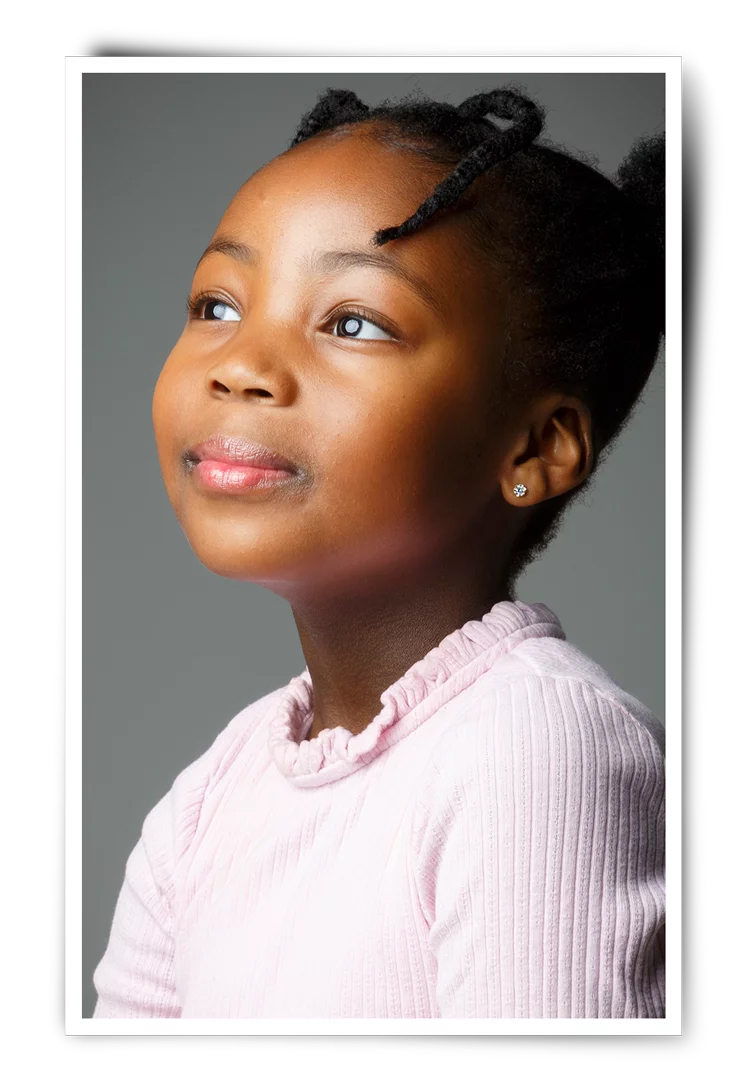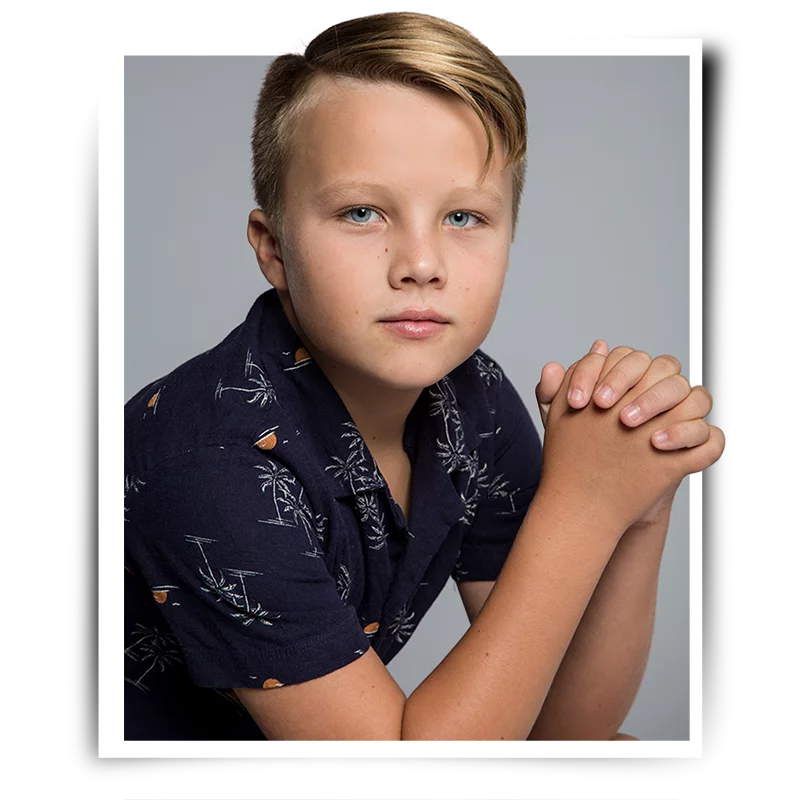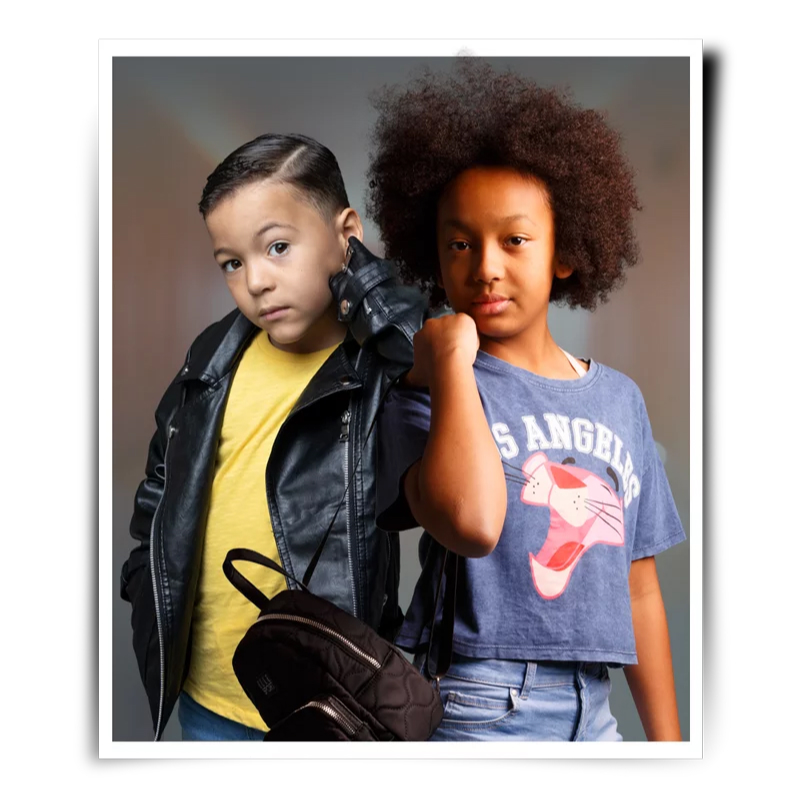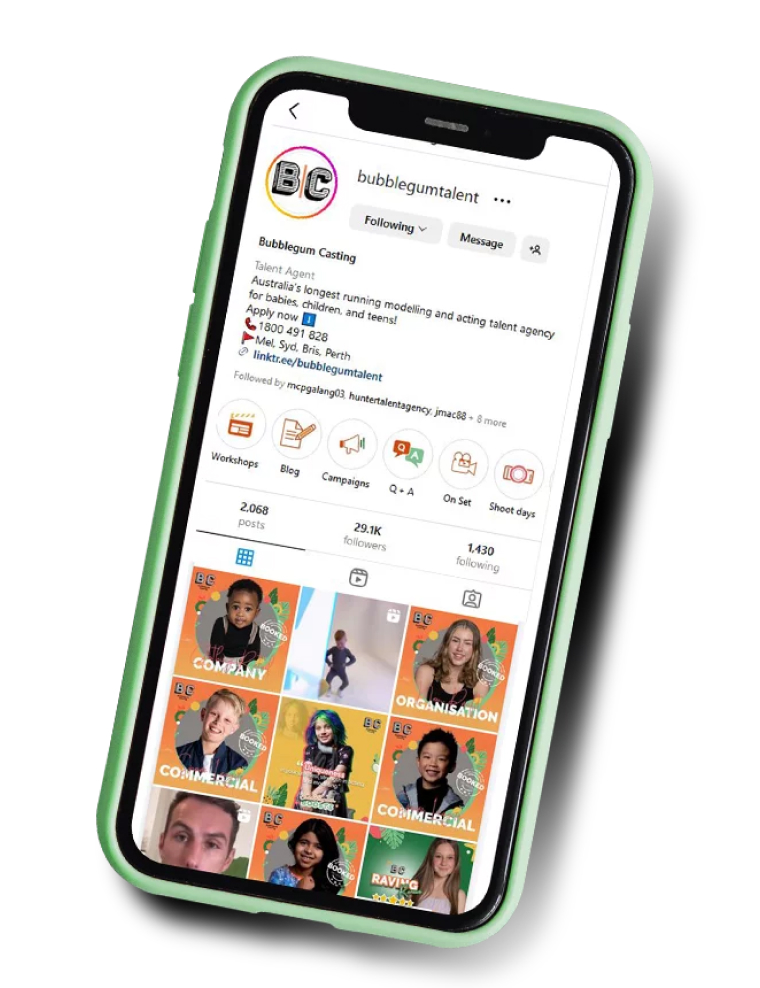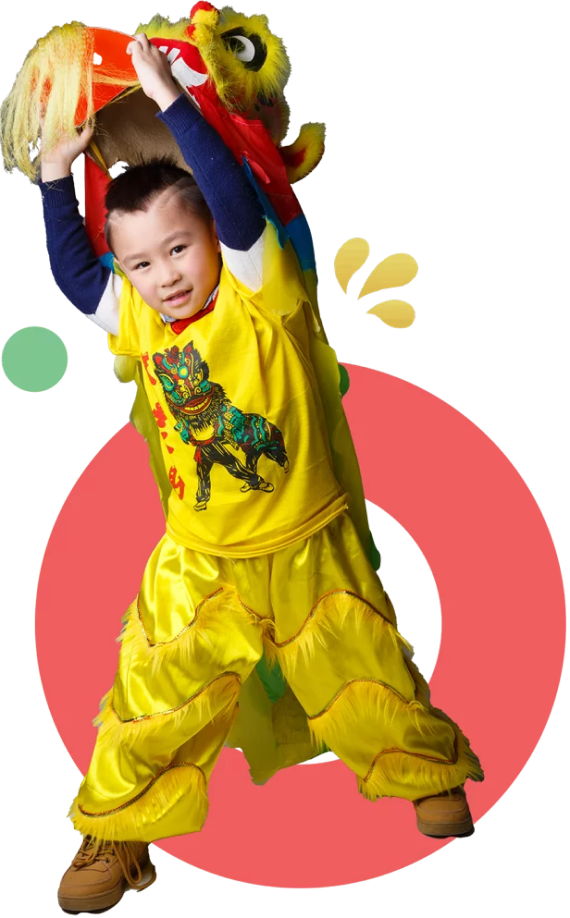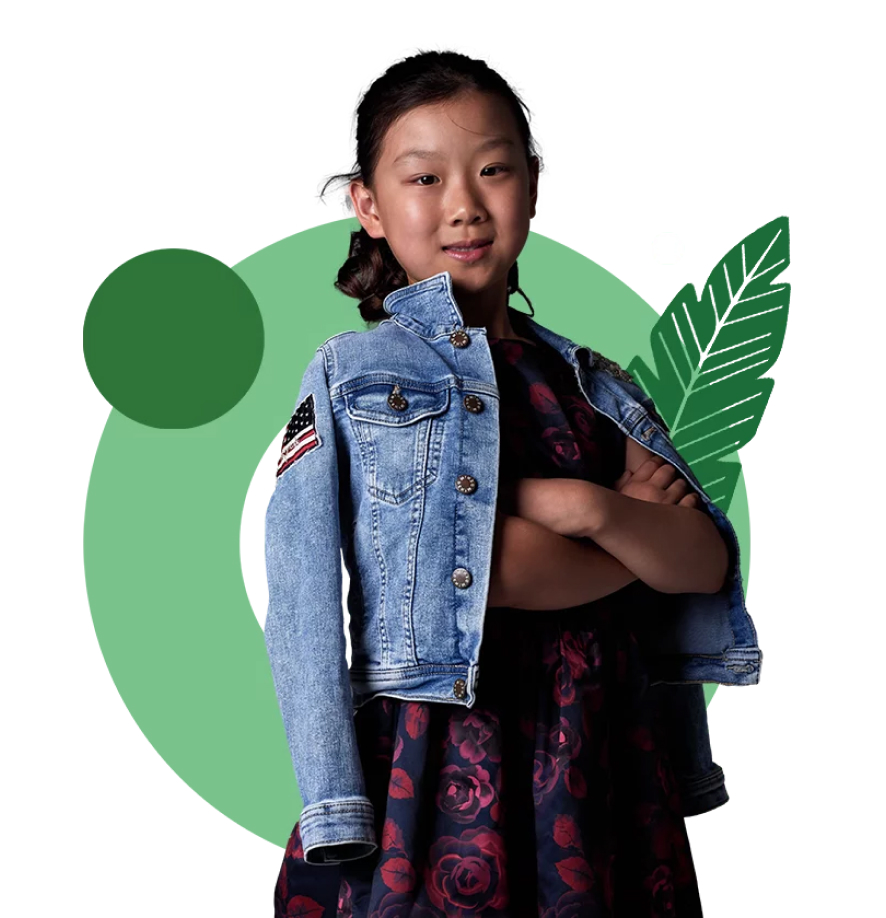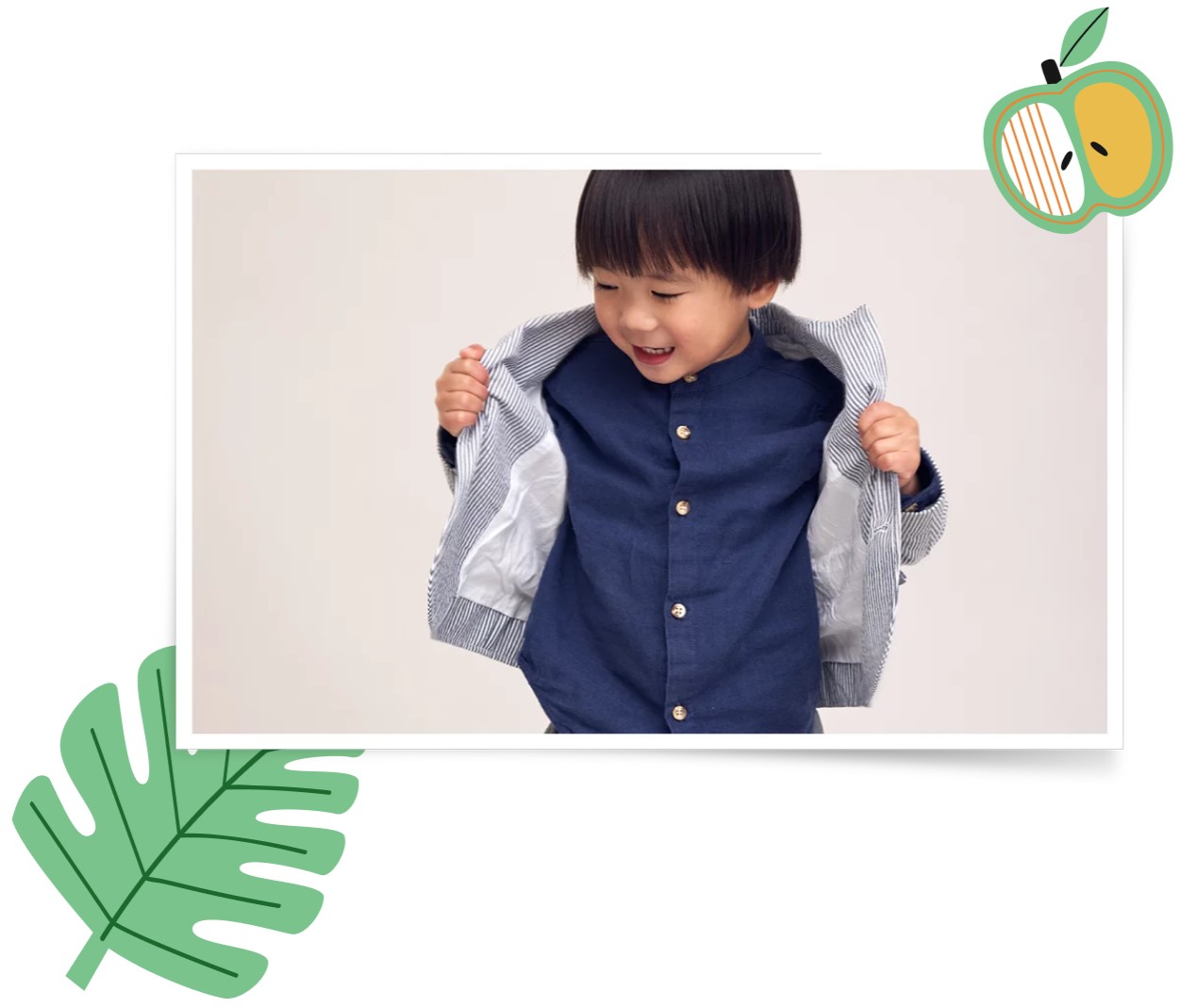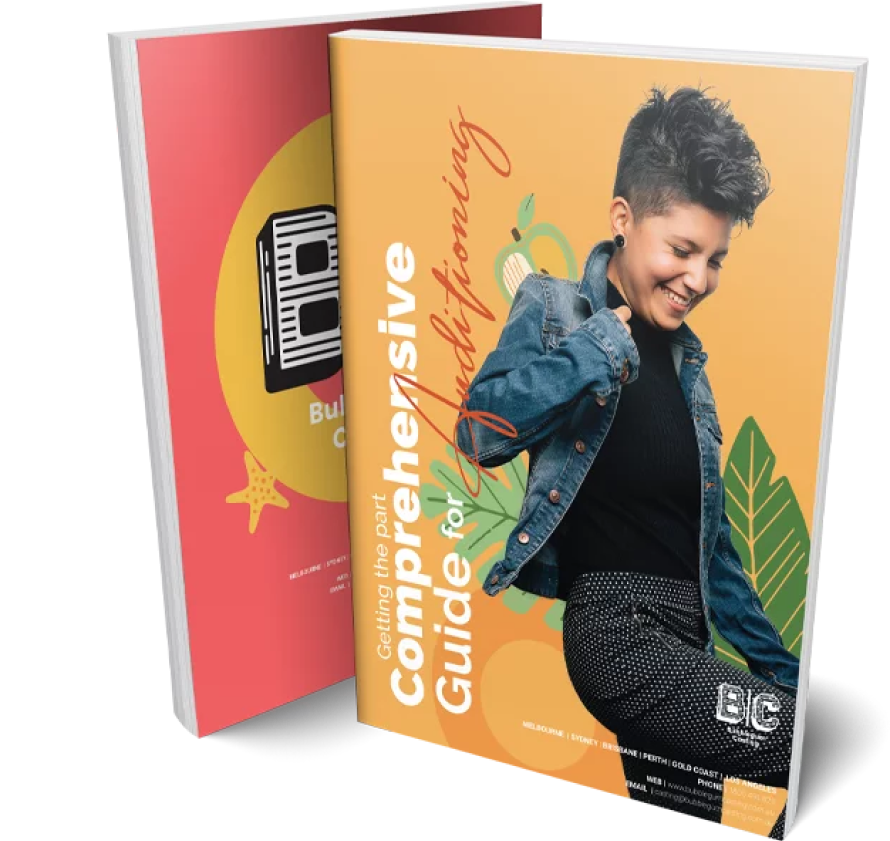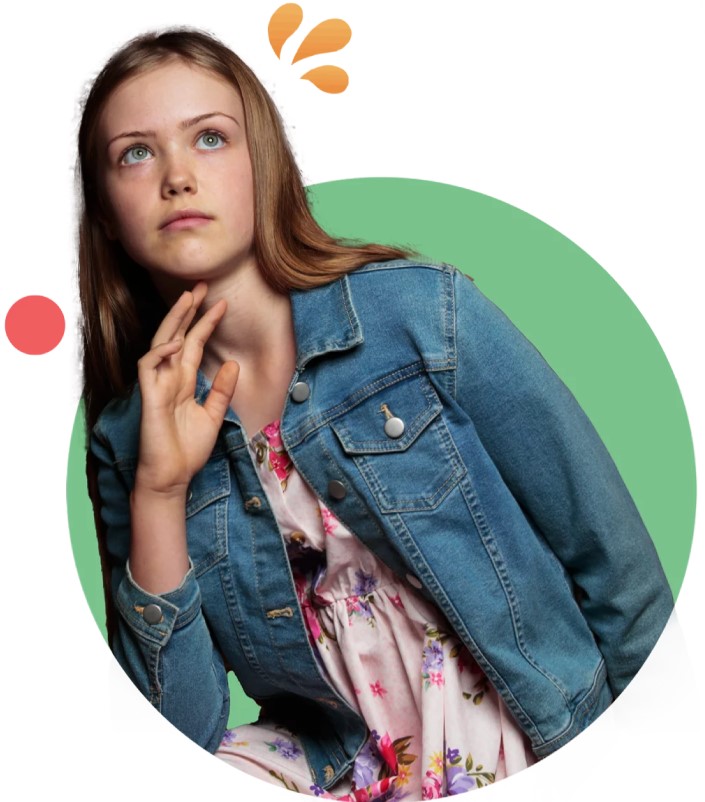
What does a casting director do?
A casting director is a person who facilitates jobs on behalf of brands, advertising agencies, and production companies. It’s their job to find the right person for the role. For the most part, casting directors will come straight to a modelling agency or agent with a brief and the agency/agent will recommend suitable models for the role.
What does a creative director do?
Creative directors are different to casting directors in that they have a direct influence on the campaign. In fact, it’s often the creative director who will come up with the idea for the campaign and, as such, they may have very specific instructions for the type of model they require.
It’s usually the creative director who briefs the casting director about what they are looking for in a model.
What does a director do?
A director is the person who is ultimately responsible for the filming of a TV commercial or any other type of video production. You’ll rarely see a director on a photography campaign, but you may see a creative director working alongside the photographer.
What does a producer do?
The producer is responsible for pretty much everything! They’ll find a location, book the catering, hire equipment — everything that is needed to make a shoot run smoothly is facilitated by the producer or somebody working on their team.
